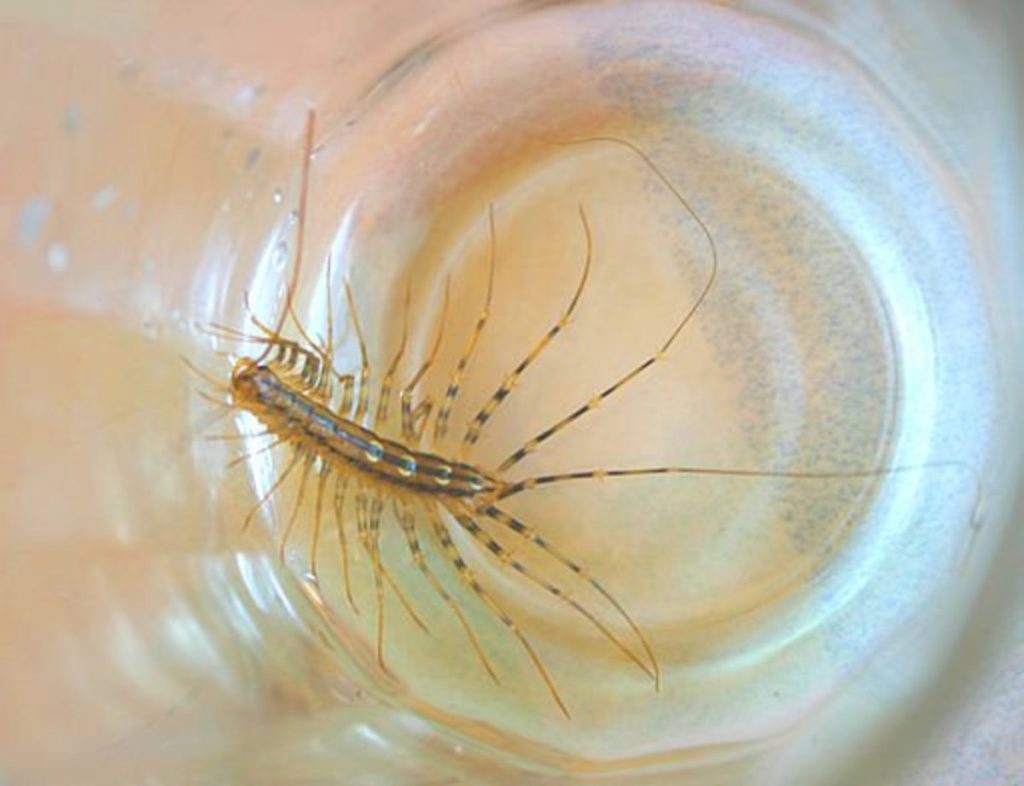Do you have a bug infestation in your basement? I know how frustrating it can be to try and get rid of bugs in your basement. These pests can quickly take over your home and make it nearly impossible to use your basement. Thankfully, there are several effective methods you can use to get rid of these bugs and stop the infestation. In this article, I will show you how to get rid of bugs in your basement and stop the infestation now.
Common Types of Bugs Found in Basements
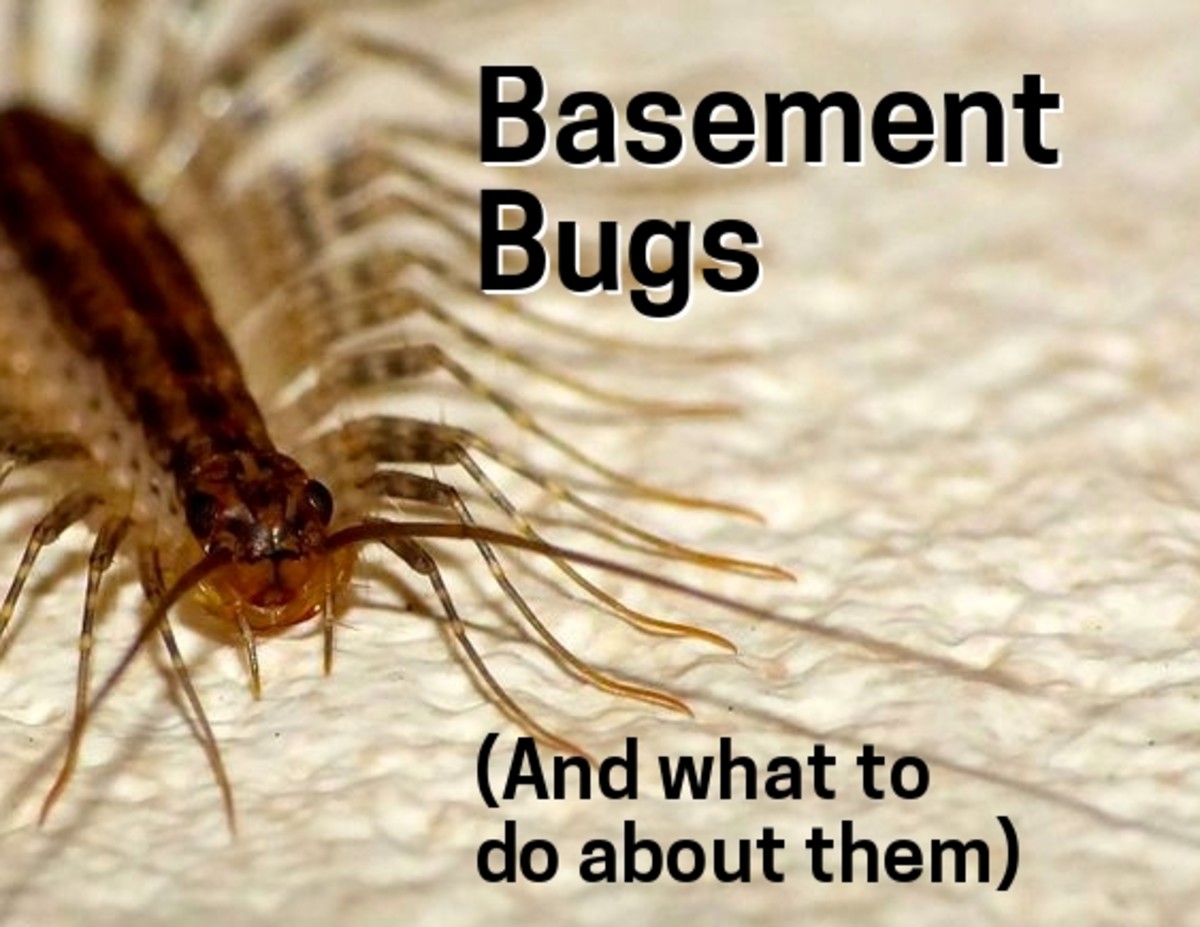
- Cockroaches: Cockroaches are one of the most common pests found in basements. They can enter through cracks and crevices in the walls and floors, or by various other means. They can cause a number of health problems, including asthma and allergies, and can contaminate food.
- Spiders: Spiders are another common type of pest found in basements. They can enter through windows, doors and vents, as well as through cracks or holes in the walls and floors. Some species of spiders can bite, so it’s important to identify and remove them as soon as possible.
- Silverfish: Silverfish are small, silver-colored insects that feed on organic material like paper, fabric and glue. They usually enter basements through cracks, crevices and other small openings. Silverfish can cause damage to fabrics and other materials, so it’s important to get rid of them quickly.
- Centipedes: Centipedes are long, thin insects with many legs. They usually enter basements through cracks and crevices in the walls and floors. They can bite and are known to carry bacteria and other pathogens, so it’s important to identify and remove them quickly.
- Mites: Mites are small, wingless insects that feed on organic materials like fabric and paper. They can enter through cracks and crevices in the walls and floors, as well as through windows and doors. Mites can cause skin irritation and allergies, so it’s important to remove them as soon as possible.
A proper pest management plan is key to getting rid of bugs in your basement. It’s important to identify the common types of pests and take the necessary steps to eliminate them.
Identifying the Type of Bug in Your Basement
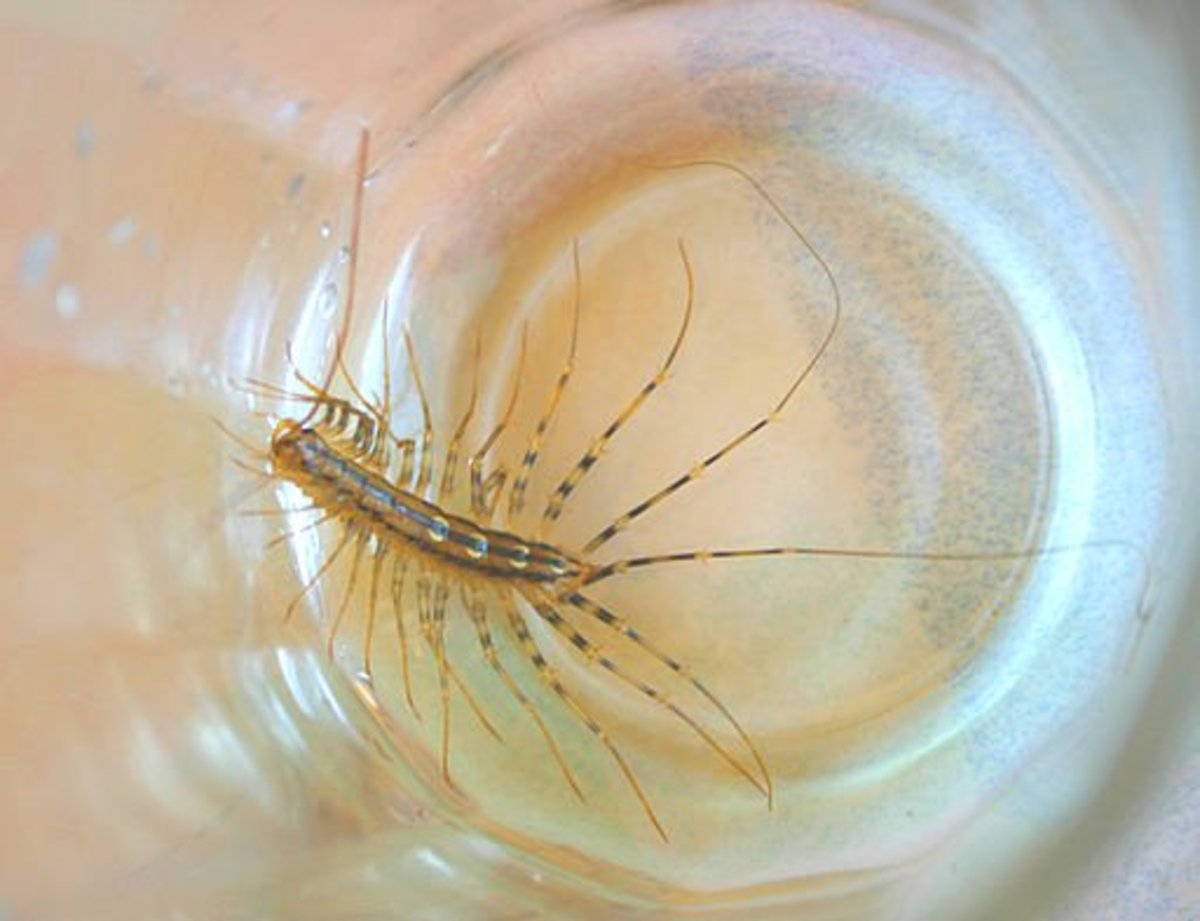
- Check for any visible bugs. Look for different types of bugs and insect species including beetles, moths, spiders, ants, cockroaches, and fleas.
- Check for any visible eggs or larvae from the bugs. These could be found on the walls or in cracks and crevices.
- Check for any droppings from the bug infestation. These could include fecal matter, discarded wings or exoskeletons, and other types of debris.
- Check for any damage caused by the bugs. This could include holes in walls, clothing, or furniture, or damage to food products.
- Check for any nests or hives that may have been built by the bugs. These may be visible on walls or in crevices.
- Check for any strange smells that may be associated with the bug infestation. These could include a musty smell or a sweet smell.
Once you have identified the type of bug in your basement, you can take the necessary steps to get rid of the bugs.
DIY Prevention Methods
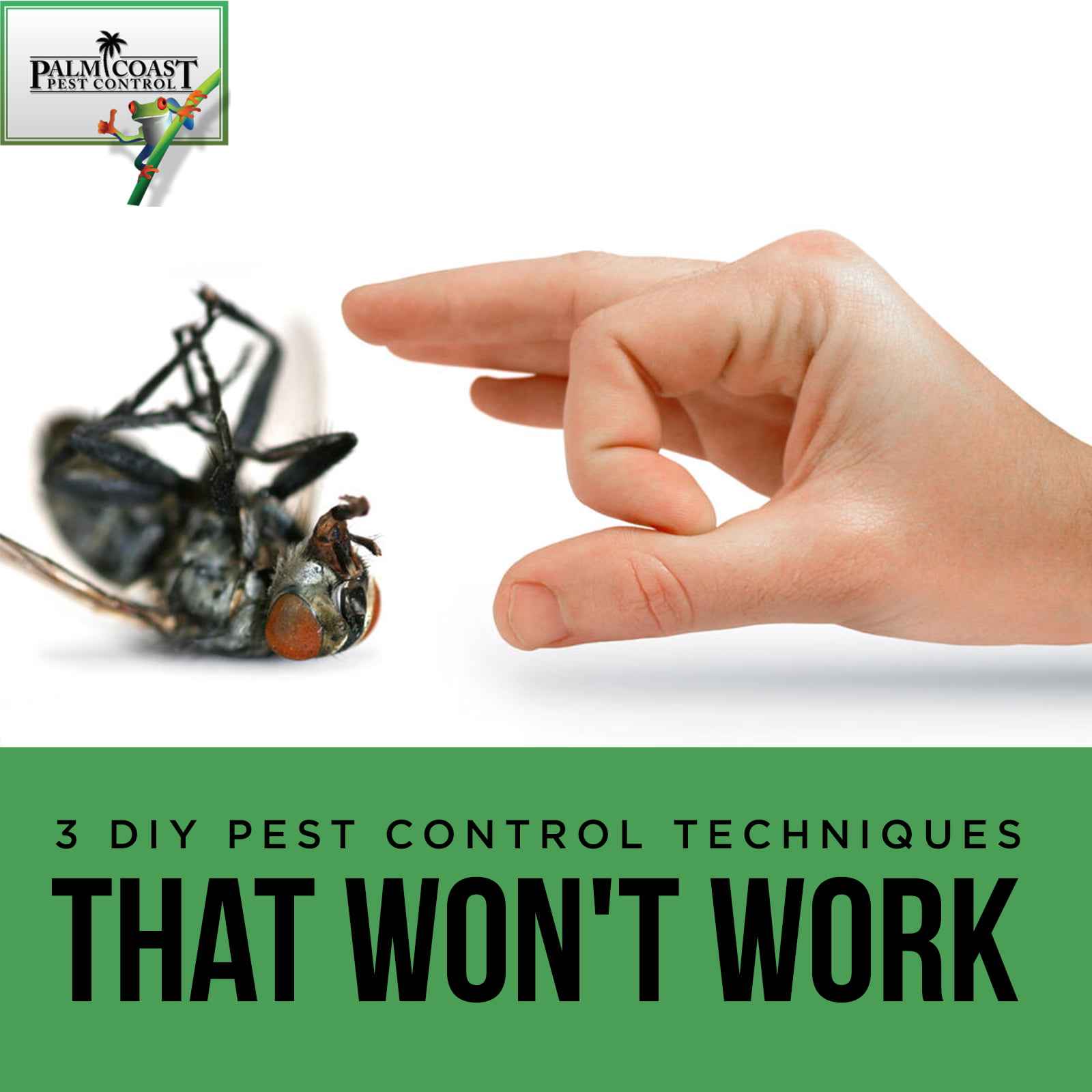
- Seal entry points – seal any cracks or crevices around the basement windows, doors, and other openings with caulk.
- Clean up regularly – vacuum up any dust, cobwebs, and other debris to reduce the food source for bugs.
- Store food properly – store food and pet food in sealed containers and dispose of garbage regularly.
- Remove potential nesting sites – check for potential nesting sites like cardboard boxes, piles of paper, clothing, etc. and remove them.
- Check for moisture – check for any moisture issues in the basement, like leaks or condensation, and fix them.
- Install dehumidifiers – install dehumidifiers to help keep the basement dry and reduce the chances of bugs.
- Use screens – install screens on windows and doors to prevent bugs from entering the basement.
Professional Pest Control Services
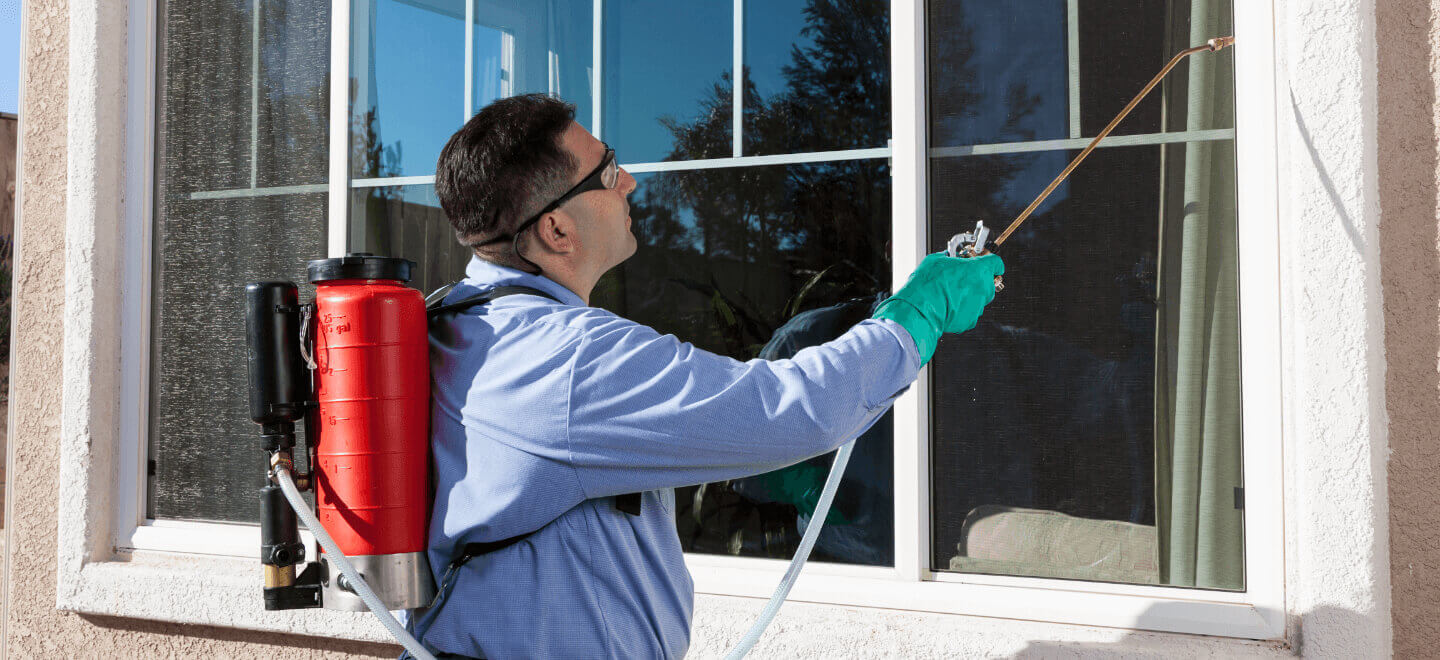
- Contact a professional pest control company.
- Read reviews to ensure the company is reliable.
- Inspect the basement for signs of infestation.
- Identify the type of pests that are present.
- Develop a plan of action for removing the pests.
- Choose a method of pest control that is safe and effective.
- Implement the pest control plan with the help of a professional.
- Follow the instructions for proper use of the pest control products.
- Monitor the basement for any signs of re-infestation.
Professional pest control services can be a great help in getting rid of bugs in your basement. By contacting a reliable company and monitoring the space, you can eliminate the pests and ensure they do not come back. Be sure to read reviews and inspect the basement before selecting a method of pest control. Follow the instructions carefully and monitor the space for any signs of re-infestation. With the help of a professional, your basement can be bug-free in no time.
Using Traps to Rid Your Basement of Bugs
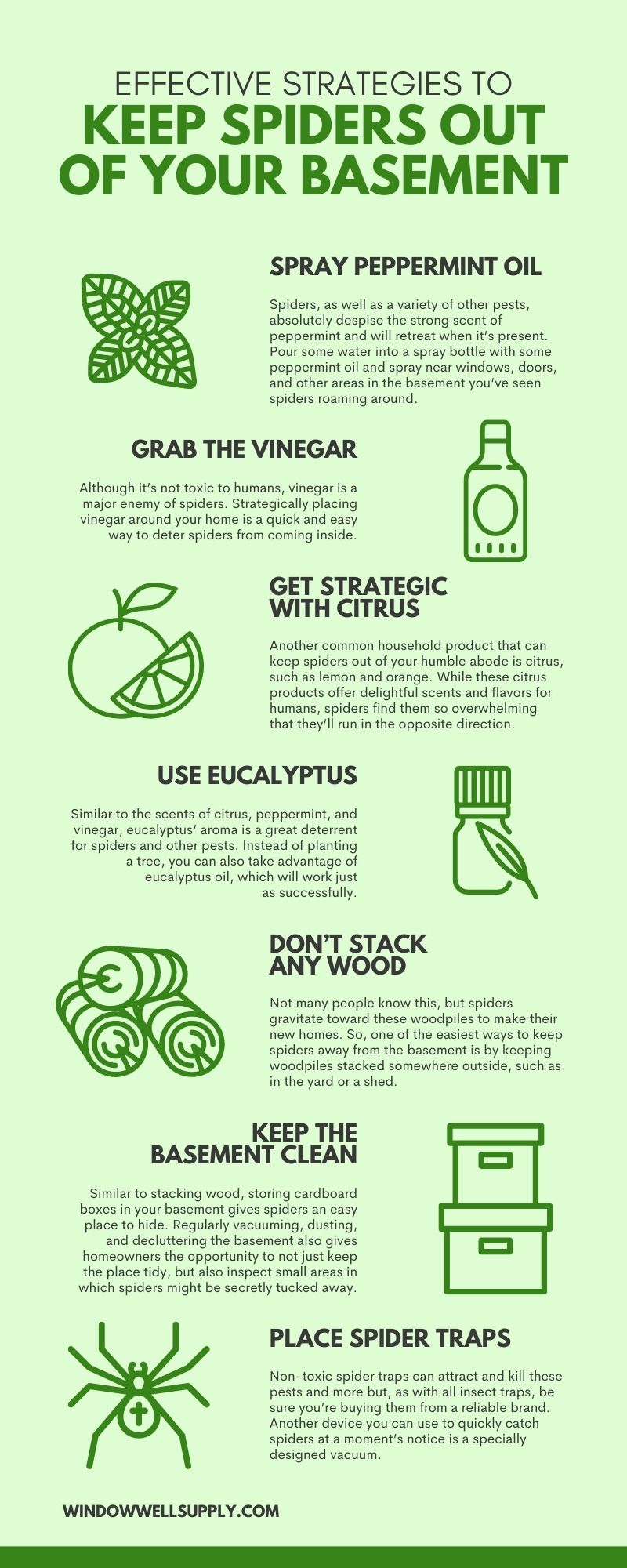
I find that using traps is one of the best ways to rid my basement of bugs. There are a variety of traps on the market, from simple glue boards to electronic traps. Glue boards are an inexpensive way to catch bugs and are easy to use. Simply place the boards in areas where bugs are seen or suspected and wait for them to get stuck. Electronic traps are a bit pricier, but can be great for larger infestations. They use heat, light and a carbon dioxide lure to attract bugs, then trap them in a container.
No matter what type of trap I use, I always make sure to check and clean them regularly. This ensures that the traps are working at their full capacity and that the bugs are getting caught. If the traps are left too long, the bugs may be able to escape and the infestation will continue.
I also make sure to keep my basement free of clutter and food crumbs. This helps keep the bug population down as there is nothing for them to feed on. I also use sprays and powders to help keep the bugs away.
Using traps can be a great way to get rid of bugs in my basement. I make sure to check and clean them regularly, and also keep my basement free of clutter and food crumbs. This helps ensure that I’m doing everything I can to keep my basement bug-free.
Using Natural Repellents to Get Rid of Bugs in Basement
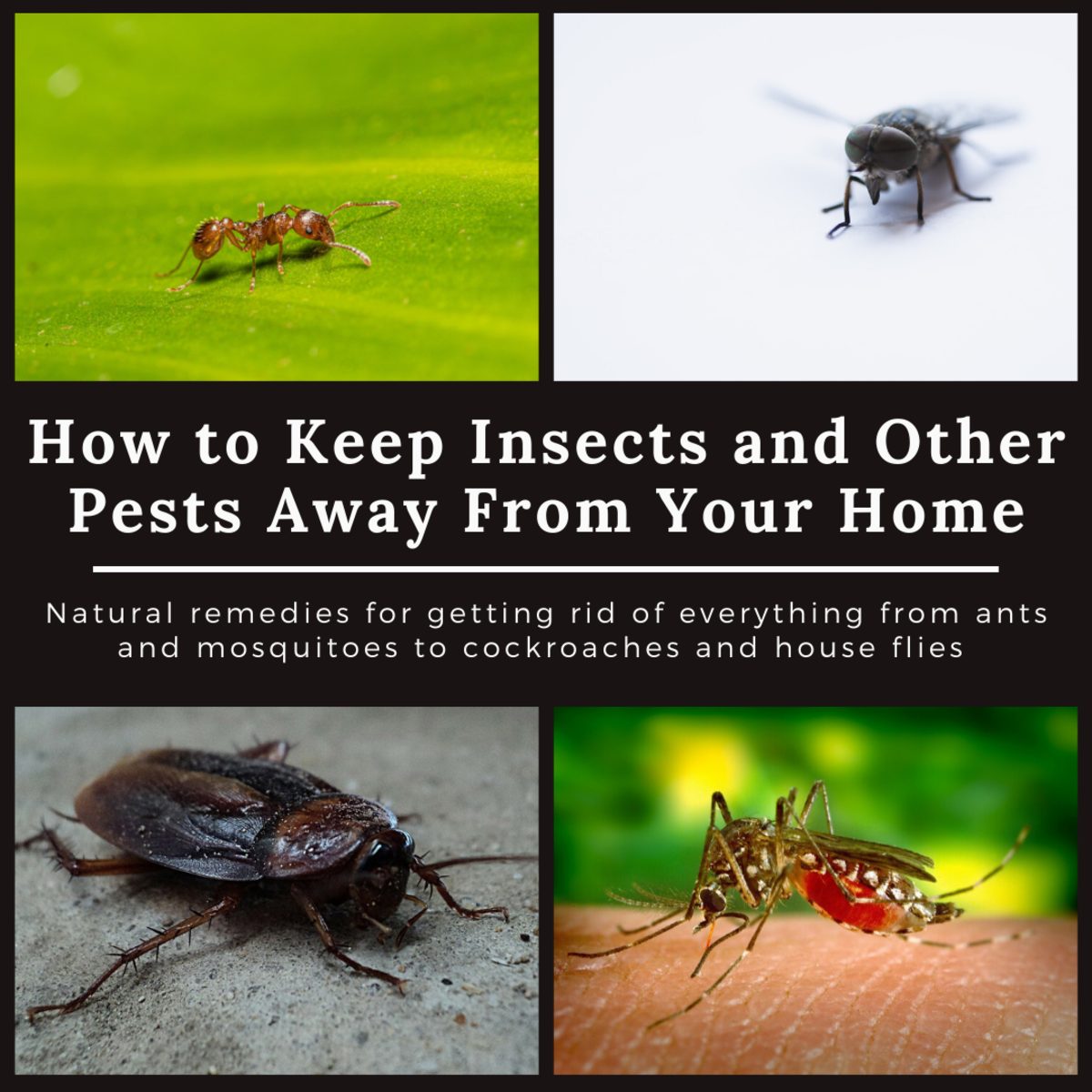
Natural repellents are a safe and effective way to get rid of bugs in the basement. The good news is that there are a variety of natural ingredients that can be used to repel insects. The most common natural ingredients used to repel insects are essential oils, garlic, and cayenne pepper.
To make a natural insect repellent, mix together a few drops of essential oil, such as peppermint, eucalyptus, or citronella, in a spray bottle filled with water. Shake the spray bottle and spray the mixture around the perimeter of the basement, as well as any cracks or crevices where bugs may be entering.
Garlic is another natural repellent that can be used to get rid of bugs in the basement. To make a garlic repellent, mix together a few cloves of garlic, some water, and a few drops of dish soap. Shake the mixture and spray it around the perimeter of the basement, as well as any cracks or crevices where bugs may be entering.
Cayenne pepper is another natural repellent that can be used to get rid of bugs in the basement. To make a cayenne pepper repellent, mix together a few tablespoons of cayenne pepper with some water and a few drops of dish soap. Shake the mixture and spray it around the perimeter of the basement, as well as any cracks or crevices where bugs may be entering.
Using natural repellents is a safe and effective way to get rid of bugs in the basement. Be sure to reapply the repellents every few weeks, or after heavy rains, to ensure that the bugs stay away.
Using Insecticides to Get Rid of Bugs in Basement
I always find it helpful to start by identifying the type of bug I’m dealing with. This way, I can be sure that I’m using the right kind of insecticide to get rid of them. Once I know what type of bug I’m dealing with, I can find an insecticide that is safe to use in my basement. There are many different types of insecticides available, so it is important to read the label carefully to make sure it is appropriate for the type of bug I am trying to eliminate.
When it comes to using the insecticide, I make sure to follow the directions on the label. This means wearing protective gear, such as gloves and a respirator, and taking the necessary safety precautions. I also ensure that the insecticide is applied in the exact areas where the bugs are present. I make sure to not over-apply it, as this can be harmful to both myself and the environment.
Once I have applied the insecticide, I leave it to work its magic. The insecticide will kill the bugs and prevent them from coming back. Depending on the type of insecticide I am using, it may take a few days or weeks to take full effect. In the meantime, I make sure to keep the area clean and free of any food or water sources that may attract more bugs.
Finally, I make sure to dispose of the insecticide properly. This means not pouring it down the drain or throwing it in the trash. I either take it to a hazardous waste facility or call my local waste management service for assistance. This helps ensure that the insecticide does not end up in the environment, where it can cause harm.
Cleaning Up the Basement to Prevent Bugs from Returning
The basement is a prime breeding ground for bugs due to its dark, damp environment. To prevent these pesky critters from returning, it’s important to keep it clean and free of debris. Here are some tips on how to keep your basement bug-free:
| Step | Description |
|---|---|
| 1. | Vacuum regularly to remove dirt and dust. This will help to remove any food sources for bugs. |
| 2. | Wash windows and walls to remove dirt, dust, and cobwebs. |
| 3. | Check for any cracks or gaps in the walls and seal them to prevent bugs from entering. |
| 4. | Remove any clutter that could be providing a home for bugs. Clutter will also make it easier for bugs to hide. |
| 5. | Make sure to clean up any spills or leaks that could attract bugs. |
| 6. | Use dehumidifiers to keep the humidity in your basement low. This will make it less hospitable for bugs. |
By following these steps, you can keep your basement clean and bug-free. It’s important to maintain these practices in order to ensure that bugs don’t return.
Frequently Asked Questions
What are the most common bugs found in basements?
Common basement pests include cockroaches, ants, centipedes, silverfish, spiders, and in some cases, rodents. The best way to get rid of these pests is to use a combination of prevention techniques and pest control solutions. Seal any cracks or openings in the foundation to prevent pests from entering. Keep the basement free from clutter and food sources, and make sure to regularly clean and vacuum the area. Finally, use a pest control product to target any existing pests.
What are some effective ways to get rid of bugs in the basement?
To get rid of bugs in the basement, use a vacuum cleaner to remove any visible bugs. Then, use a broom or dustpan to sweep up any remaining bug remains and debris. To reduce the overall population of bugs in the basement, install door sweeps on all exterior doors, seal up any potential entry points, and reduce any excess moisture. Additionally, use insecticides that are specifically designed for the type of bugs you are dealing with. Finally, inspect and clean regularly to ensure no new infestations occur.
How do I keep bugs out of the Basement?
To prevent bugs from entering the basement, ensure that all possible entry points are sealed. This includes windows, doorways, vents, and cracks around pipes. Additionally, use screens on windows and doors and keep them closed when not in use. Remove any clutter or debris that may attract bugs, and consider using an insect repellent outside of your home. Regularly inspect the basement for signs of infestation and take steps to treat any infestations quickly.
Are there any natural or chemical treatments I can use to get rid of bugs in the basement?
There are several natural and chemical treatments available for getting rid of bugs in the basement. Spraying a mixture of hot water, vinegar, and dish soap along the baseboards and other areas where bugs may enter is a natural way to get rid of them. Chemical treatments such as insecticides, sprays, baits, and dusts can also be used to control infestations, although it is important to follow all directions provided on the product label. To prevent future infestations, it is important to seal all cracks and crevices, remove clutter, and reduce humidity levels in the basement.
How often should I inspect my basement to prevent a bug infestation?
Regularly inspecting your basement is essential for preventing a bug infestation. Inspections should be done every two weeks to ensure that you catch any signs of bug activity early on. During the inspection, look for cracks or crevices in the walls, floors, and ceilings that may give bugs access to your home. Additionally, check for any evidence of bug activity such as droppings, shed skins, or egg sacs. If you notice any signs of a bug infestation, take immediate action to address the issue.
Conclusion
I hope this article has been able to provide you with an effective solution on how to get rid of bugs in your basement. As long as you follow the correct steps, you should be able to reduce the infestation of bugs, or even get rid of them completely. Additionally, I recommend that you regularly check for any signs of bugs and take corrective measures if you find any. Taking these steps will help you to keep your basement bug-free and safe from infestation.
